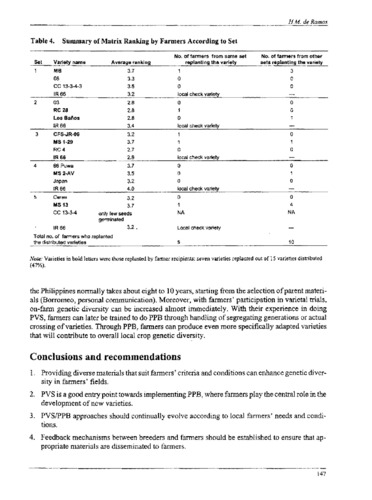Analysis of genetic relationships and diversity based on molecular marker data
Cultivars and landraces of a crop species represent the primary gene pool available to plant breeders for improvement of crop plants. Knowledge of relative genetic relationships among genotypes is useful in a breeding program because it permits organization of germplasm resources. The genetic relationships among 76 Phaseolus vulgaris genotypes and breeding lines from Central America was estimated based on 80 polymorphic random amplification polymorphic DNA (RAPD) bands. Two major clusters were observed among the cultivars which corresponded with small red and black market classes. In order for plant breeders to make informed decisions regarding the sampling of germplasm resources knowledge of differences and variances between and within groups of genotypes is required. This report presents a procedure based on the ANOVA for determining differences between groups of individuals. In addition Nei's methods for measuring genetic diversity (marker variance) and test of homogeniety of variance is discussed. Finally, a procedure for estimation of sampling variance of molecular marker data is reviewed.

